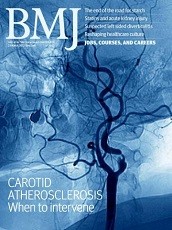David M Jenkins

Extract
The reason that doctors, nurses, and patients find abortion “distasteful” has not changed. . . I have little doubt that people who find abortion”distasteful” will now not go into gynaecology. The consequence will be that a specialty never very rich in grey matter will become deficient in character as well. And who will suffer? Your implication that we gynaecologists are unsympathetic to our patients is just untrue. Neither are we susceptible to the temptations of courting easy popularity.
Jenkins DM. (Correspondence) Attitudes to Abortion. Br Med J. 1974 May 11;2(5914):330. Available from:
